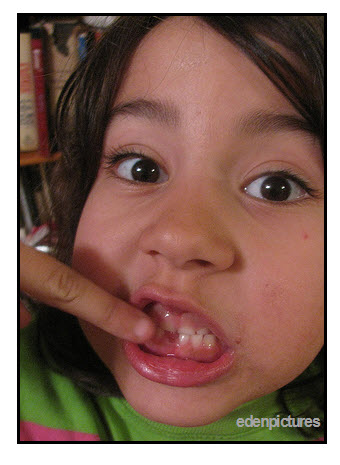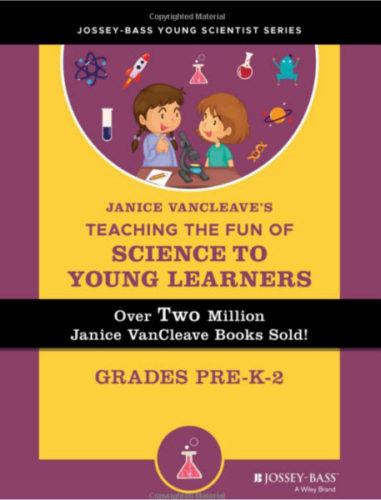 Anatomy and development of the mouth and teeth:
Anatomy and development of the mouth and teeth:
Baby teeth are also called deciduous teeth, milk teeth, primary teeth, and temporary teeth. Teeth begin developing below the gum in the fetus (developing baby within its mother). Proper development of teeth depends on good nutrition from the mother during pregnancy. The mother’s diet should have adequate amounts of calcium, phosphorus, vitamin C, and vitamin D. There are four main stages of development of the tooth:
- The first stage begins in the fetus at about 6 weeks of age. This is when the basic substance of the tooth forms.
- Next, the hard tissue that surrounds the teeth is formed, around 3 to 4 months of gestation.
- After the child is born, the next stage occurs when the tooth actually protrudes through the gum.
- Finally, there is the loss of the primary “baby” teeth, which are replaced with permanent teeth.
Parts of the tooth:
Each tooth has three main parts:
1. gums The soft tissue that surrounds the base of the tooth.
2. crown – The part of the tooth above the surface of the gums.
- enamel – the outer layer of the tooth.
- dentin – the inner layer and the main part of the tooth.
- pulp – part of the inside of the tooth that contains the nerve.
3. root– The part of the tooth that extends into the jawbone. The number of roots ranges from one to four.
- cementum – A layer of tough bone-like tissue that covers the root of a tooth. It helps hold the tooth in the socket. The cementum contains the periodontal membrane.
- periodontal membrane The fibrous connective tissue between the tooth and the tooth socket (hollowed out part of the jaw bone where the tooth’s roots sit).
The book is designed to help young students catch the “science bug”
Teaching the Fun of Science to Young Learners
The book’s 75 lessons and reproducible activities touch on all areas of science and provide the key to a world of science magic and mystery. While kids will have fun doing the activities and learning to love science, they are also being encouraged to develop other skills, including reading, writing, math, and art.
(Paid Link)
